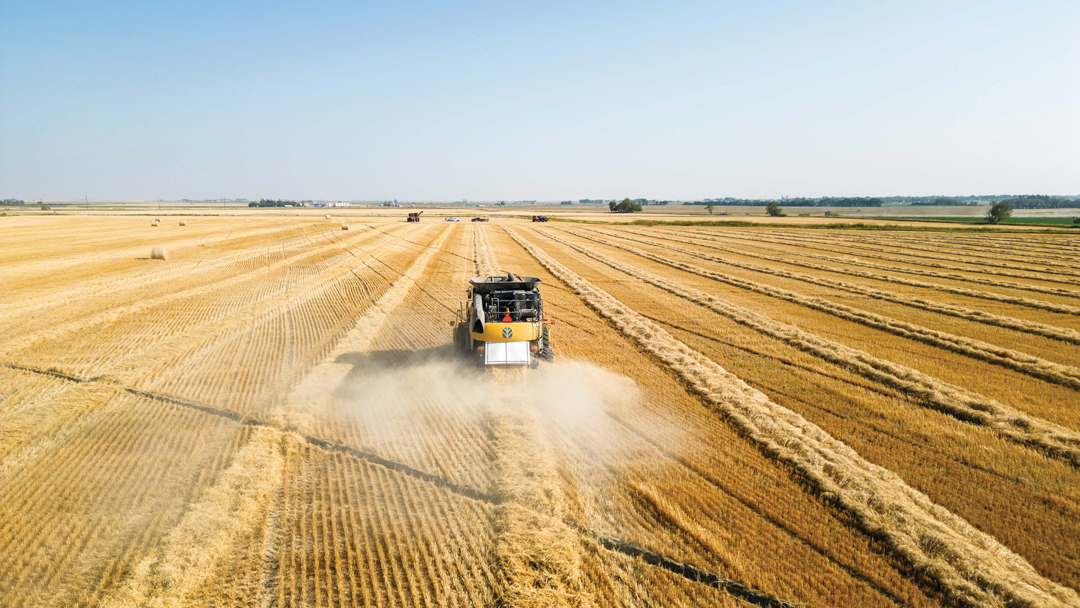CASH FOR CARBON
BY TREVOR BACQUE • PHOTO COURTESY OF KARK LEE PHOTOGRAPHY
Alberta farmers have a new option to be paid for the C02 they sequester. A program by Trimble will compensate those who demonstrate and quantify sustainable on-farm nitrogen management practices.
The company seeks to act as an intermediary between farmers and carbon buyers and provides more and better aggregated data in an increasingly digitized ag world. In recent years, farmers were typically paid about $1.50/ac for their sustainable practices, which focused primarily on tillage. Farmers will potentially earn between $2 and $10 per acre through Trimble’s Connected Climate Exchange platform, or other software via an API, depending on what specifically is measured.
According to Darren Howie, Trimble’s director of emerging technology, farmers only stand to gain from this program. “The programs that are reducing greenhouse gases are helping to build our soil and to manage crop inputs like nitrogen,” he said. “We’re getting more and more interest in carbon markets. Companies are trying to figure out how to help drive adoption of these interventions and the different greenhouse gas programs. We’re going to continue to see more buyers, which is good for farms.”
Historically, the process to prove your carbon reductions was time consuming and farmers rarely did the leg work to show their work, even with financial incentives. Howie noted that the industry has not adequately produced reports that quantify just how sustainable farmers have been. Now, Trimble is banking on its digital interface, which automatically aggregates field data to drive greater participation among farmers.
“That process of getting your data in one place will serve farmers well by having good information to make those decisions,” he said. “It allows them to participate in these markets as they gain more momentum and hopefully more revenues over time.”
The company has paid out $60 million to farmers over the last 17 years. In that same time, it has generated credits for more than 4.5 million tonnes of carbon. And Trimble is not the only organization to respond to marketplace demand.
The Smart Prosperity Institute, a think tank at the University of Ottawa, compiled a carbon markets report in conjunction with Co-operators, that outlines how and why participation in such programs is beneficial to farmers. The report states the use of carbon credits is a proven way to generate income, and Canada’s carbon payouts offer an attractive market for offsets. It also features a quick guide to help farmers determine if they are eligible to participate.
Similarly, the Global Institute for Food Security, a partnership between the Saskatchewan government and the University of Saskatchewan, has carried out research that indicates the province has the lowest carbon footprint among competitors. In 2023, the province’s farmers sequestered 15.6 million tonnes of carbon. Earning money to quantify carbon is good business for Saskatchewan farmers.
Nitrogen management data is collected then audited and approved by third parties. Farmers receive their annual payout once it has been verified. Trimble’s goal was to have its platform online and operational before seeding began this spring rather than retroactively after harvest.
“By working prior to the season, we can help identify the key data sets that are going to be required for the season and help to pull that information together to make it be a part of the workflow that’s already happening on the farm,” he said.
To learn more about the program, visit ptxtrimble.com/en/about/sustainability/ carbon-credits.







Comments